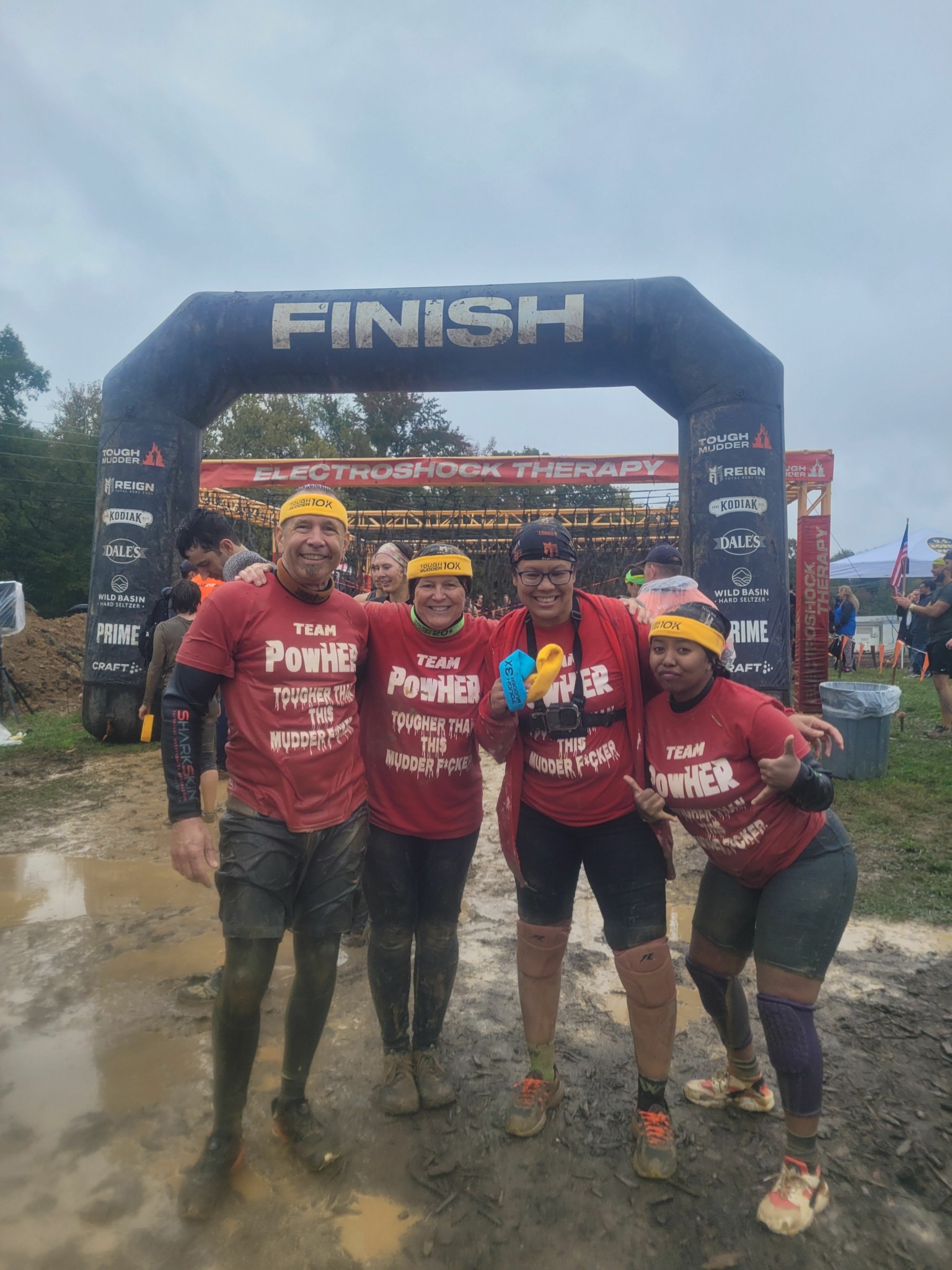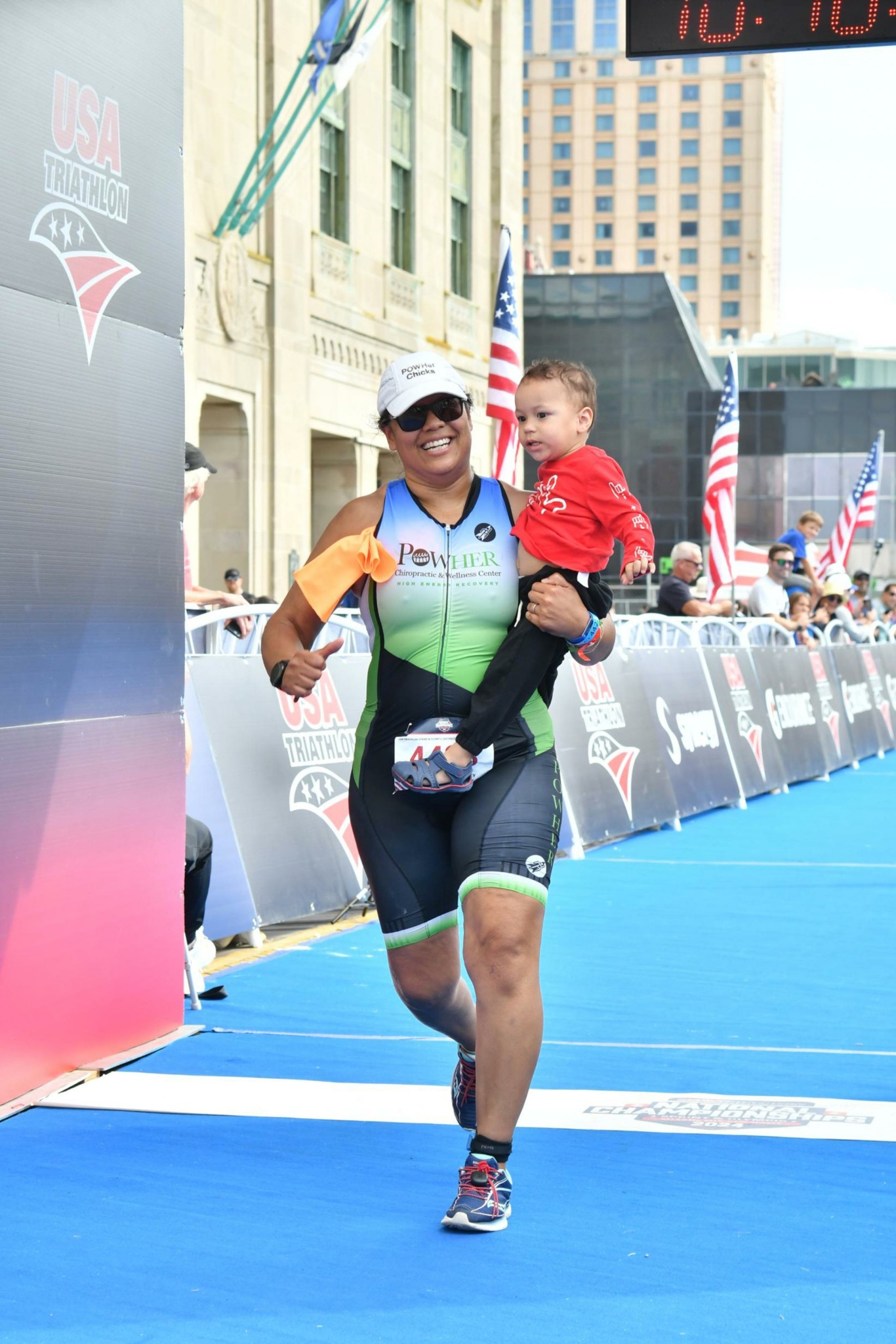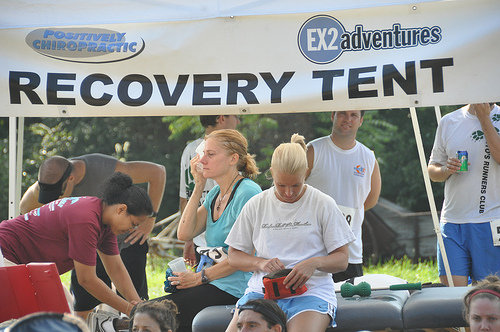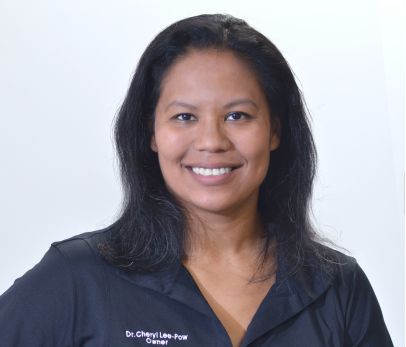We were lucky to catch up with Cheryl Lee-Pow recently and have shared our conversation below.
Cheryl, looking forward to hearing all of your stories today. What sort of legacy are you hoping to build. What do you think people will say about you after you are gone, what do you hope to be remembered for?
I hope my legacy will be remembered as a doctor who never lost sight of the human being behind the diagnosis. My own journey into chiropractic began when I was a patient myself, navigating the frustration of pain, misdiagnosis, and a healthcare system that too often defaulted to drugs or rushed visits. Experiencing firsthand how chiropractic care could restore not only my body but also my sense of possibility inspired me to create a practice where patients are truly heard, their stories valued, and their healing approached from every angle. I want to be remembered for building a space where care is collaborative, compassionate, and comprehensive—where different practitioners come together to restore health and dignity without tunnel vision. Beyond my patients, I hope my greatest legacy lives in the future doctors I mentor: doctors who take time, listen deeply, connect the dots, and never put money before their patients’ well-being. If I am remembered for inspiring a generation of healers who embody empathy, persistence, and curiosity, then I will have left the mark I dreamed of.

As always, we appreciate you sharing your insights and we’ve got a few more questions for you, but before we get to all of that can you take a minute to introduce yourself and give our readers some of your back background and context?
I’ve always known I wanted to go into medicine, but I didn’t discover chiropractic until I personally experienced a herniated disc while preparing for medical school. At the time, my primary care doctor prescribed strong medications that didn’t help and denied that I had a herniated disc until confirmed on MRI, while a chiropractor took the time to really evaluate me (initially diagnosed me with herniated disc prior to MRI), explain what was happening, and ultimately helped me heal without drugs or surgery. That experience opened my eyes to a whole new side of medicine—one that restores function, listens to patients, and treats the root cause rather than just masking symptoms.
Today, I am a sports chiropractor and adjunct professor who combines chiropractic with a collaborative, multidisciplinary model. My practice includes massage therapy, nutrition, and acupuncture so that we can address the whole person, not just the pain. Unlike traditional clinics that rush patients through, I take 15–30 minutes with each person, digging deep into their history and connecting the dots to uncover underlying issues. If we can’t solve the problem, I connect patients with trusted physicians to ensure they get the care they need.
What sets me apart is the time, care, and curiosity I bring to every patient encounter. I’m most proud of creating a space where patients feel heard and respected, and of mentoring the next generation of doctors to carry forward a model of compassionate, patient-centered care. At the heart of my brand is this belief: healing isn’t about quick fixes or profit margins—it’s about listening, learning, and working together to help people truly get better.
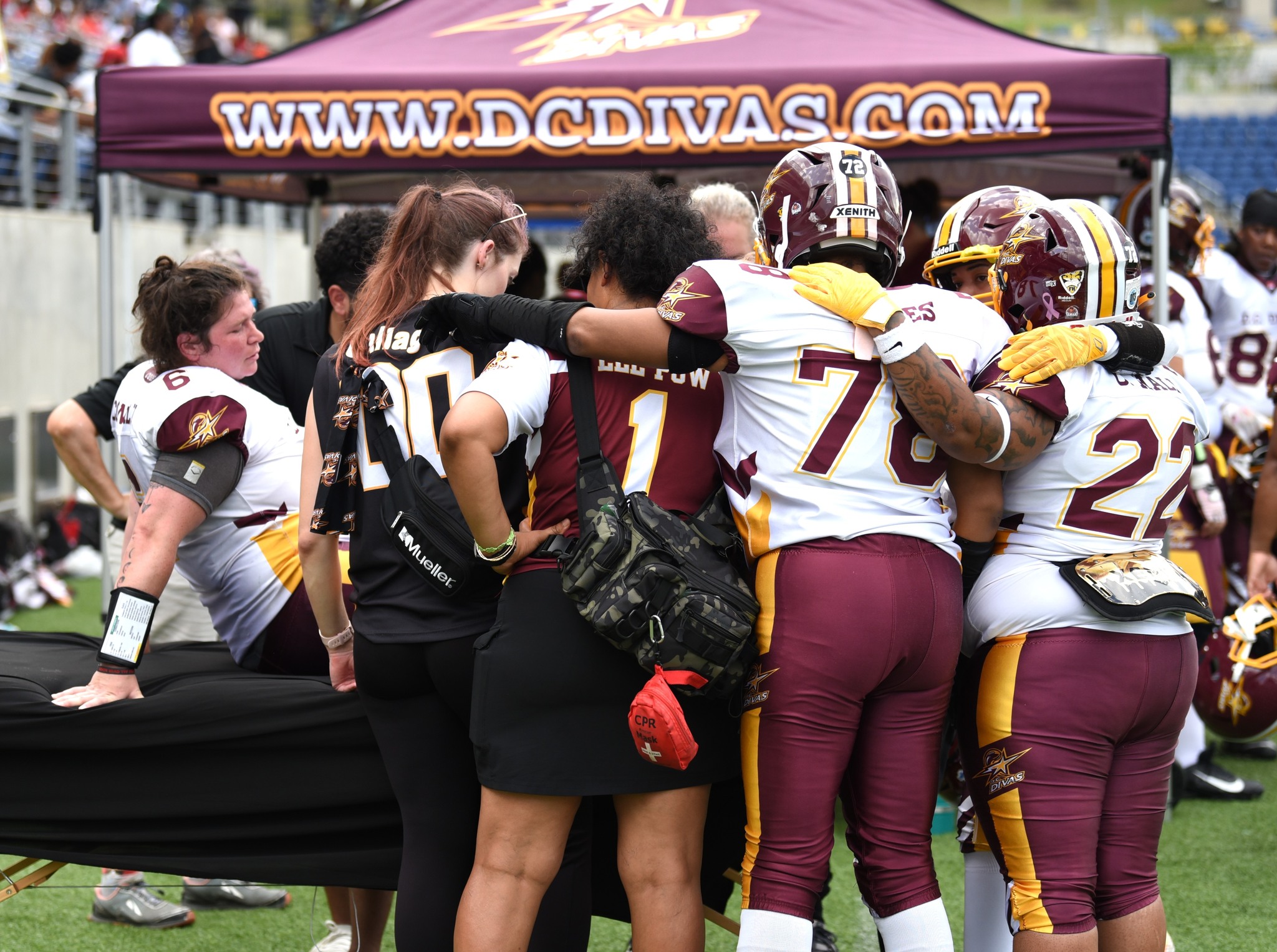
Let’s talk about resilience next – do you have a story you can share with us?
One story that illustrates my resilience is when I first started my practice from scratch. Because my approach and techniques were unique, I didn’t just wait for patients to find me—I put myself out there. I got phone calls from people specifically looking for ART providers, and I stayed connected with sports doctors and trainers I had known since school. At one point, I was working seven days a week: on the sidelines at football practices Tuesdays, Thursdays, and Saturdays; supporting adventure races on weekends; covering taekwondo events; and still showing up for a business networking group every Friday morning at 7 a.m. There was hardly a moment I sat still—so much so that my patients would often joke, “Dr. Cheryl, what do you have planned this week? We know you don’t stop moving!” That season taught me grit. I wasn’t waiting for patients to come to me through ads or chance. I was out in the community, building trust, showing up, and proving myself. It was exhausting, but it laid the foundation for the thriving, patient-centered practice I have today.

What’s a lesson you had to unlearn and what’s the backstory?
A lesson I had to unlearn was relying too heavily on radiology reports without reviewing the actual films myself. Early in my career, it felt efficient to trust the written interpretations, but experience quickly taught me otherwise. I’ve had multiple cases where the scans themselves revealed details the reports missed. One patient in particular, referred to me by my best friend, had been struggling with knee pain. She had already been diagnosed with IT band syndrome and was going through PT with no progress. On exam, her pain and a peculiar clicking were on the medial side of the knee—not consistent with an IT band issue, which is lateral. I requested her X-rays and, upon reviewing the films, noticed a radiolucent mass on the medial side. Given her history of cancer, I had to break the difficult news that this could be something more serious. It turned out to be cancerous, and she needed surgery. That case reinforced for me that while reports are useful, they are no substitute for personally reviewing the imaging. The lesson I carry now is: always look at the films yourself, because what you don’t see is what can come back to hurt the patient—and you as their provider.
Contact Info:
- Website: https://www.powherchiro.com
- Instagram: https://www.instagram.com/powher_chiropractic/
- Facebook: https://www.facebook.com/powher
- Linkedin: https://www.linkedin.com/in/cheryl-lee-pow-1924a42b/?trk=eml-email_m2m_invite_single_01-header-0-profile_glimmer
- Twitter: powherchiro

